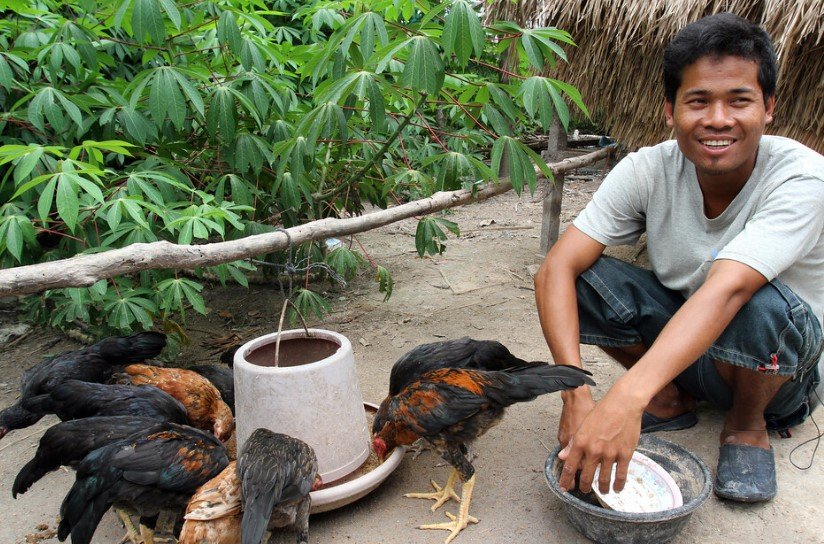A third human death from H5N1 avian flu has been confirmed in Cambodia this year, marking a grim continuation of the country’s struggle against the deadly virus. The latest victim is a 3-year-old boy from Kratie province, who died after suffering severe respiratory symptoms.
Another Tragic Loss in Cambodia’s Ongoing H5N1 Battle
Cambodia’s health ministry confirmed the boy’s death in an official statement posted on social media. According to a translation provided by infectious disease blog Avian Flu Diary, the child was hospitalized with high fever, coughing, and breathing difficulties before ultimately succumbing to the infection.
Health officials reported that the boy’s family raised chickens at home. Investigations revealed that five of their birds had died while others showed signs of illness. The family had cooked and eaten some of the dead chickens — a concerning detail that highlights how the virus likely made the jump to the young boy.
The ministry’s report notes that this is the third confirmed human H5N1 case in Cambodia this year, and all three have resulted in death. Just last month, a 2-year-old boy from Prey Veng province also died from the virus after exposure to infected family chickens.

A Dangerous Mutation Still Circulating
Cambodia’s rising human H5N1 cases follow an alarming surge reported in late 2023. The outbreak involves a novel reassortant strain — a hybrid of genetic material from two different H5N1 clades:
- The older 2.3.2.1c clade, long present in Southeast Asia.
- The newer 2.3.4.4b clade, which has spread globally in recent years.
This genetic mix has made the virus more unpredictable. While the older clade remains active in Cambodia’s poultry population, sporadic human infections continue to emerge. Public health experts are particularly concerned that this hybrid virus could exhibit altered transmissibility or severity, though there’s currently no confirmed evidence of sustained human-to-human spread.
Investigations and Response Efforts
Cambodian health authorities, supported by international agencies, are ramping up surveillance efforts. Field teams are tracing contacts of the affected families to monitor for signs of illness, while veterinarians are testing local poultry flocks.
So far, the pattern remains consistent: human cases stem from direct exposure to sick or dead birds, often in backyard farming setups. This makes rural families — who rely on poultry for food and income — especially vulnerable.
To curb further spread, officials are:
- Culling infected bird populations in affected areas.
- Strengthening public education campaigns about the dangers of handling sick or dead poultry.
- Enhancing surveillance to detect new cases quickly.
But the challenge is steep. In rural communities where poultry is a lifeline, convincing families not to consume potentially infected birds can be difficult.
Global Implications and Public Health Concerns
The situation in Cambodia mirrors a broader concern: H5N1’s potential to evolve. While human cases remain rare worldwide, each new infection offers the virus an opportunity to adapt. A mutation enabling more efficient human-to-human transmission could have catastrophic consequences.
The World Health Organization (WHO) continues to monitor H5N1 outbreaks globally, urging countries to remain vigilant. Experts warn that the mix of older and newer genetic components in the Cambodian strain underscores the importance of continuous surveillance, rapid response, and transparency in reporting new cases.
For now, Cambodia remains on high alert — facing not only the immediate threat of more human cases but also the looming risk that the virus could evolve into something even more dangerous.
